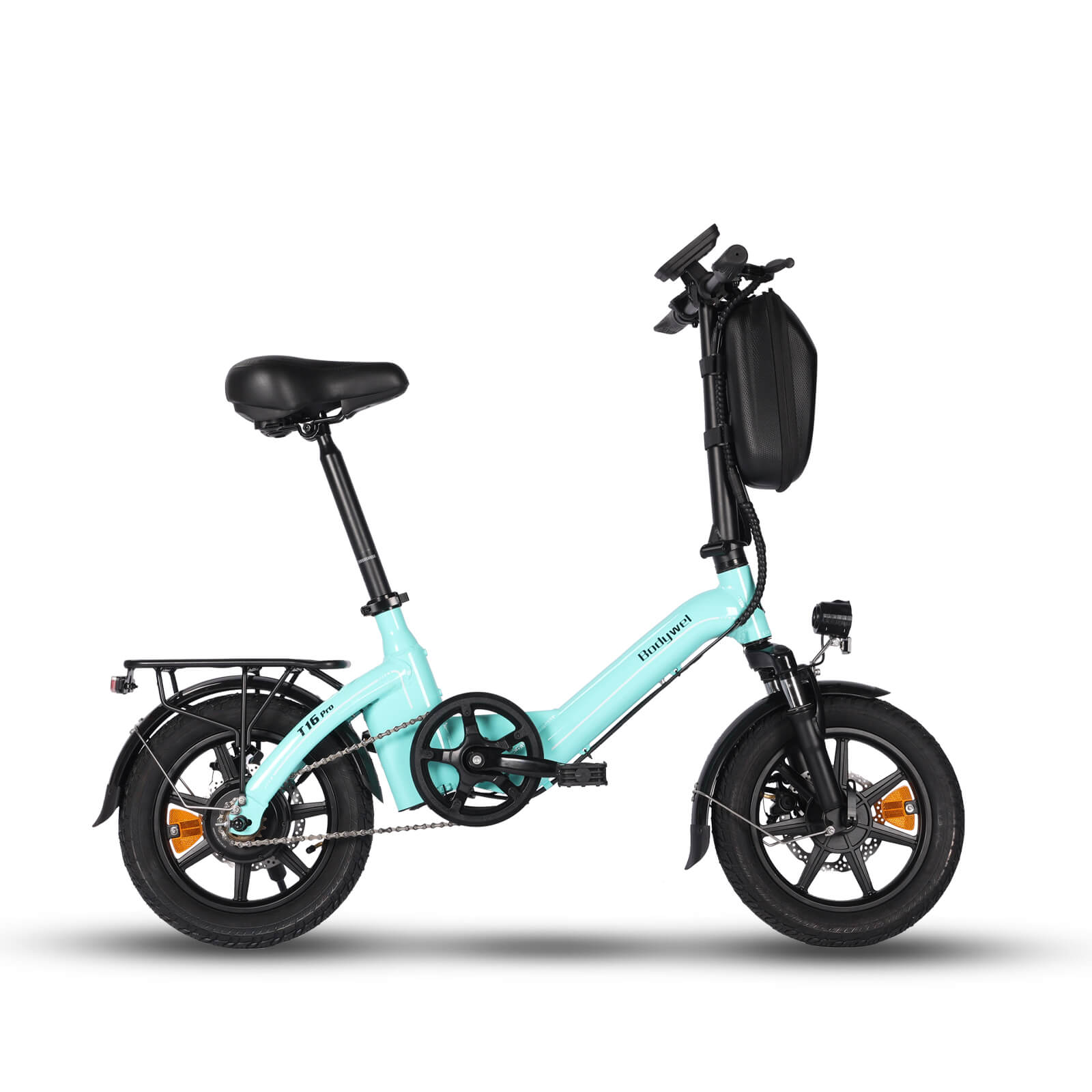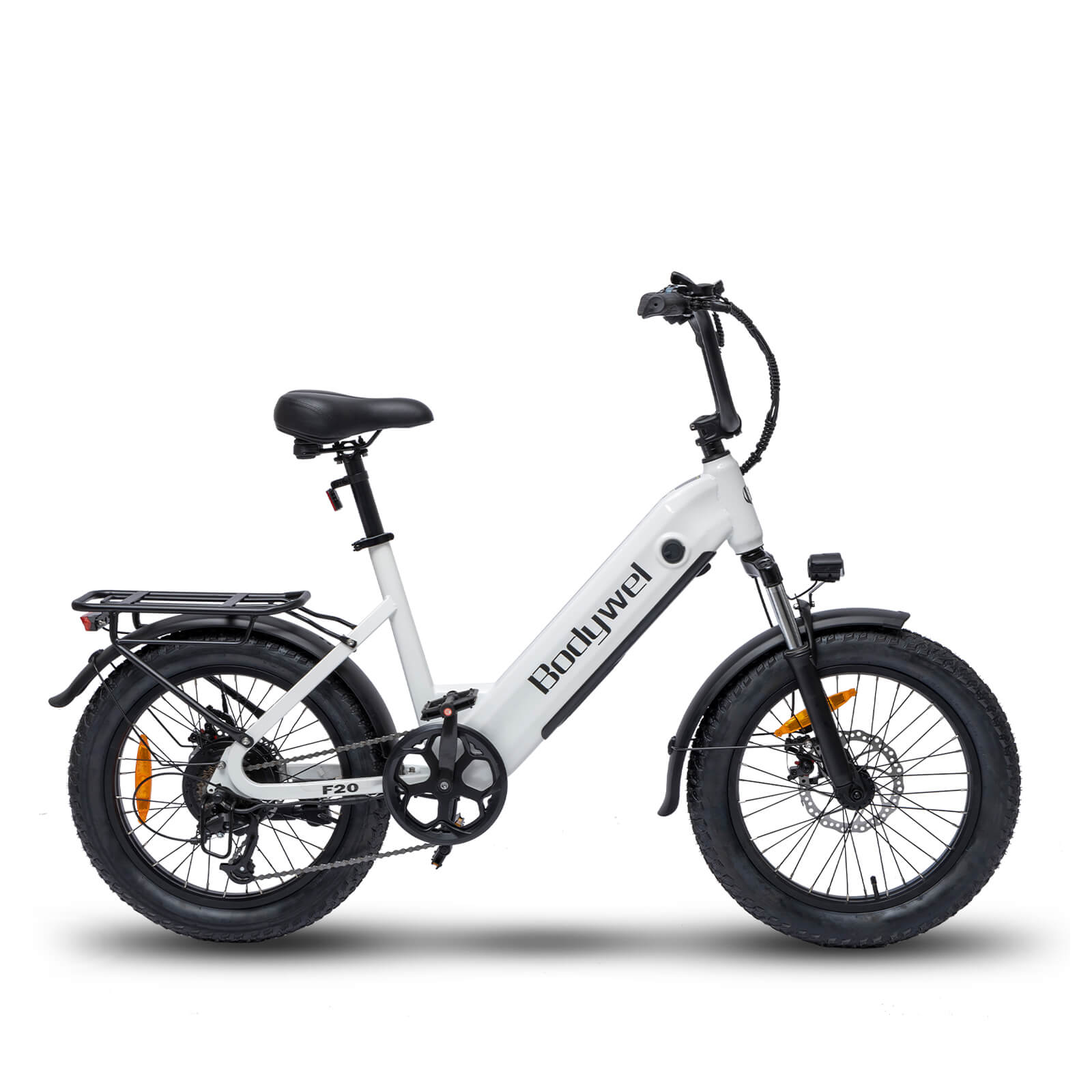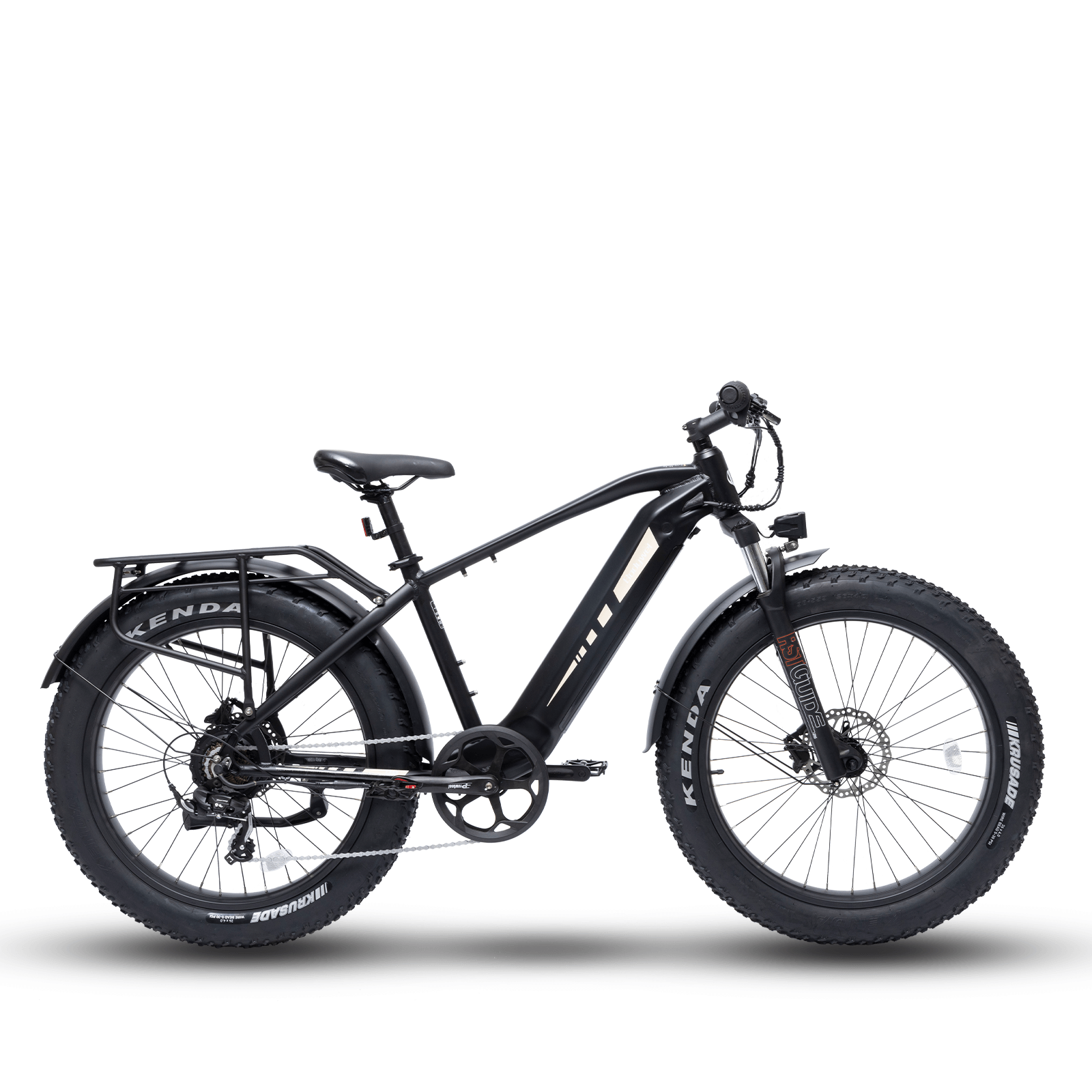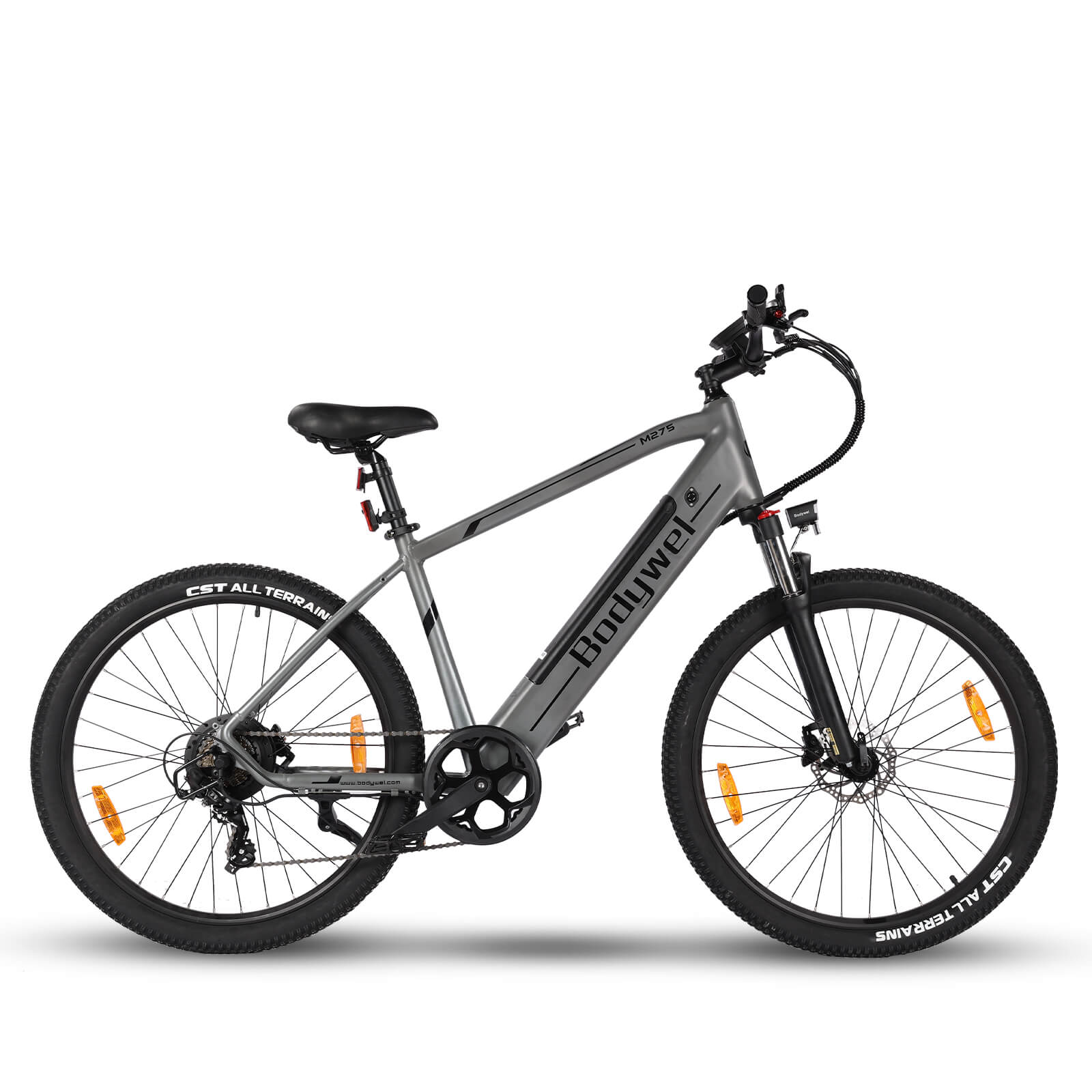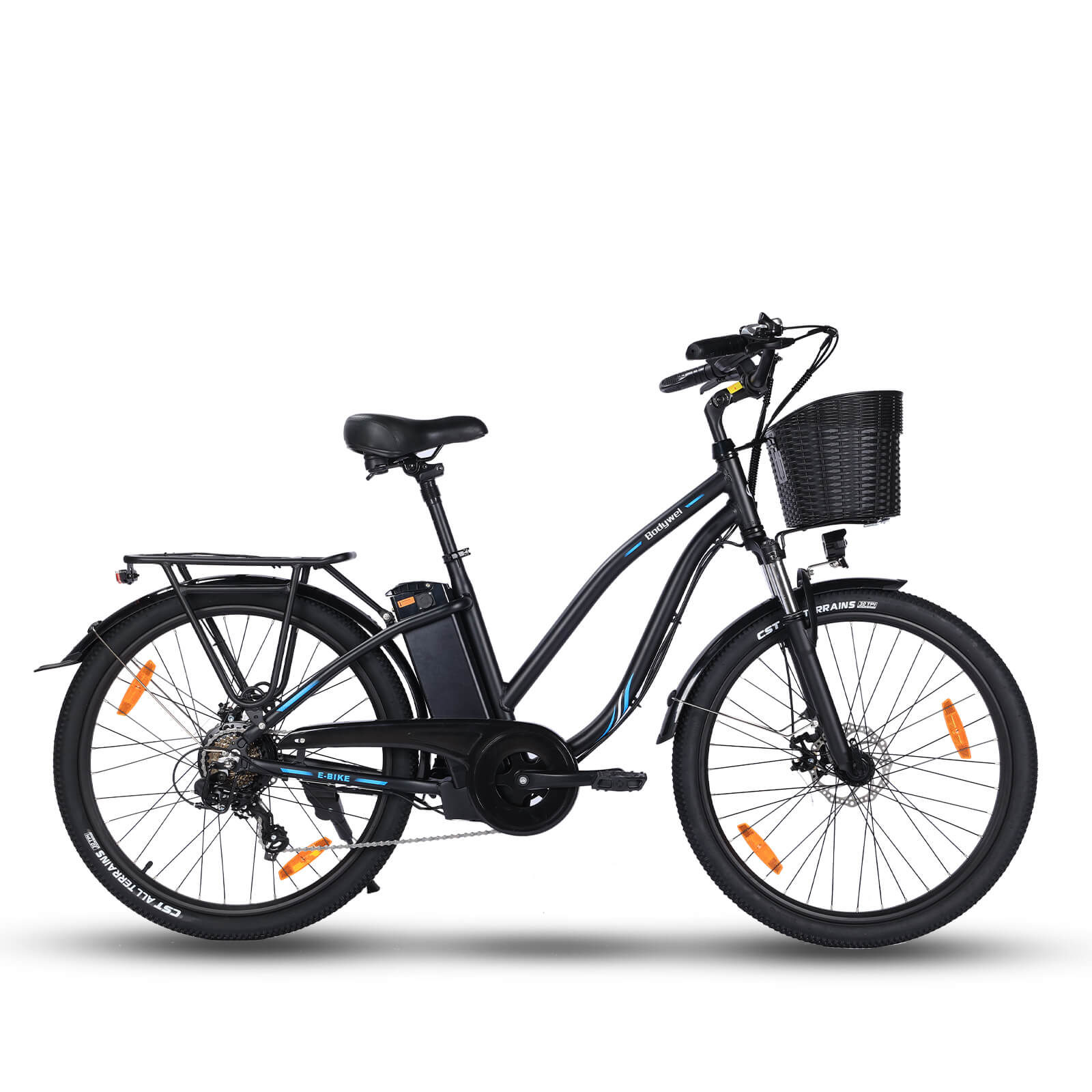5 Must-Know Facts Before Buying an E-Road Bike in 2024

Electric road bikes (e-road bikes) are revolutionizing cycling with their blend of speed, endurance, and pedal-assist technology. Before investing in one, understanding key factors like motor placement, battery range, and weight is crucial. This guide covers five essential considerations for 2024 buyers.
Motor Placement and Power Output
The motor is the heart of an electric road bicycle, directly influencing efficiency and ride quality. Mid-drive motors, positioned near the crankset, offer balanced weight distribution and better hill-climbing torque. Hub motors, while quieter, may affect handling due to rear-wheel weight bias. For 2024 models, look for systems like Shimano STEPS or Bosch Performance Line with 250W–350W outputs, ensuring compliance with EU and US regulations.
Mid-Drive vs. Hub Motors
Mid-drive units excel in leveraging the bike’s gears for adaptive power delivery, ideal for steep climbs. Hub motors, often found in budget-friendly e-road bikes, require less maintenance but lack torque efficiency. A test ride comparing both types—such as the Specialized Turbo Creo SL (mid-drive) versus the Ribble Hybrid AL e (hub-drive)—reveals noticeable differences in responsiveness.
Battery Range and Charging
Modern e-road bikes feature lithium-ion batteries with 250Wh to 600Wh capacities, offering 40–120 miles per charge. Variables like terrain, assist level, and rider weight impact real-world range. For example, a 2024 Trek Domane+ LT with a 500Wh battery achieves ~80 miles in Eco mode. Fast-charging (3–4 hours) is now standard, but removable batteries simplify recharging for urban commuters.
Weight Impact on Performance
E-road bicycles typically weigh 25–35 lbs—30% heavier than analog counterparts. Carbon frames mitigate this, as seen in the 24.5-lb Cannondale SuperSix EVO Neo. Heavier bikes demand more effort when the motor is off, so prioritize lightweight components if tackling long, mixed-terrain rides.
Pedal-Assist Levels and Customization
2024 models offer 3–5 assist levels via intuitive handlebar controls. Advanced systems like Specialized’s Mission Control app allow fine-tuning power output and battery usage. Riders report Level 1–2 assistance suffices for most road conditions, preserving battery while maintaining a natural cycling feel.
Legal Regulations and Classifications
E-road bikes are classified as Class 1 (20 mph max assist) or Class 3 (28 mph) in the US, while EU limits motors to 25 km/h. Always verify local laws—some trails prohibit motorized bikes. Manufacturers like Giant and Canyon provide region-specific variants to ensure compliance.
Final Recommendations
Prioritize mid-drive motors and modular batteries for versatility. Test ride multiple models to assess weight distribution, and confirm local e-bike laws. With these insights, your 2024 e-road bike purchase will align perfectly with your cycling goals.
0 commentaire




